Senolytics can prevent and treat age-related diseases in mice, but data in humans are lacking — for now.


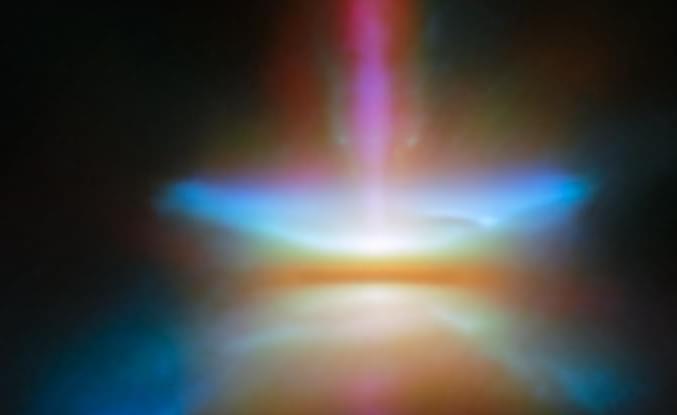
The James Webb Space Telescope (JWST) has been giving us a fabulous new view on the Universe since its launch.
This new image of the protostar HH30 is in amazing new detail thanks to the JWST. It was first discovered using the Hubble Space Telescope, but this Herbig-Haro object, which is a dark molecular cloud, is a perfect object for JWST.
The image shows the protoplanetary disk seen edge on, with a conical outflow of gas and dust, with a narrow jet blasting out into space.
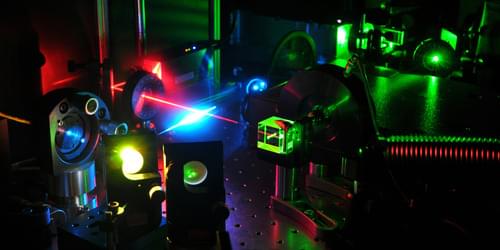
A machine-learning algorithm rapidly generates designs that can be simpler than those developed by humans.
Researchers in optics and photonics rely on devices that interact with light in order to transport it, amplify it, or change its frequency, and designing these devices can be painstaking work requiring human ingenuity. Now a research team has demonstrated that the discovery of the core design concepts can be automated using machine learning, which can rapidly provide efficient designs for a wide range of uses [1]. The team hopes the approach will streamline research and development for scientists and engineers who work with optical, mechanical, or electrical waves, or with combinations of these wave types.
When a researcher needs a transducer, an amplifier, or a similar element in their experimental setup, they draw on design concepts tested and proven in earlier experiments. “There are literally hundreds of articles that describe ideas for the design of devices,” says Florian Marquardt of the University of Erlangen-Nuremberg in Germany. Researchers often adapt an existing design to their specific needs. But there is no standard procedure to find the best design, and researchers could miss out on simpler designs that would be easier to implement.
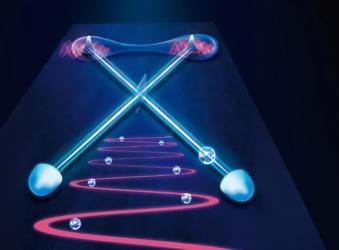
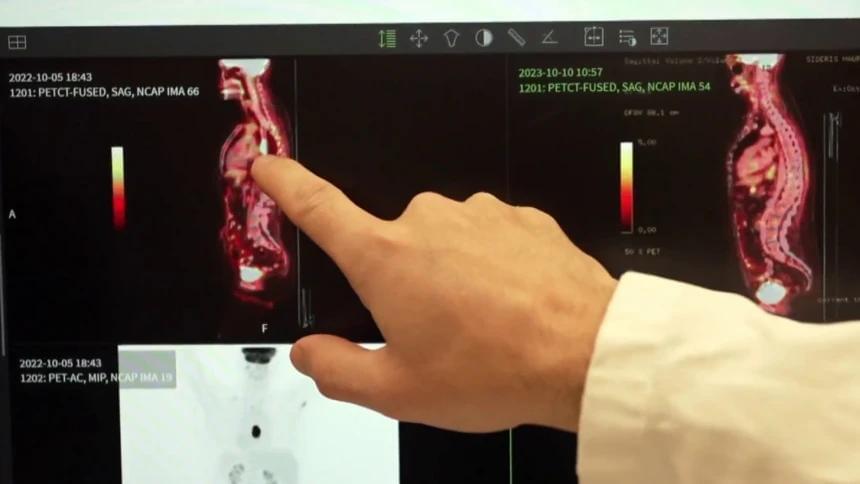
Doctors are increasingly detecting stomach tumors at an early stage, raising hopes for lifesaving treatment for one of the deadliest types of cancer. Stomach cancer, the disease that killed country music star Toby Keith in 2024, is typically difficult to catch early and tends to be discovered at an advanced stage when cancer cells have spread, researchers reported Saturday at Digestive Disease Week, a major international conference for doctors and researchers in gastroenterology, liver diseases and endoscopy.

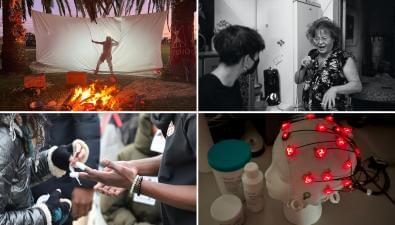
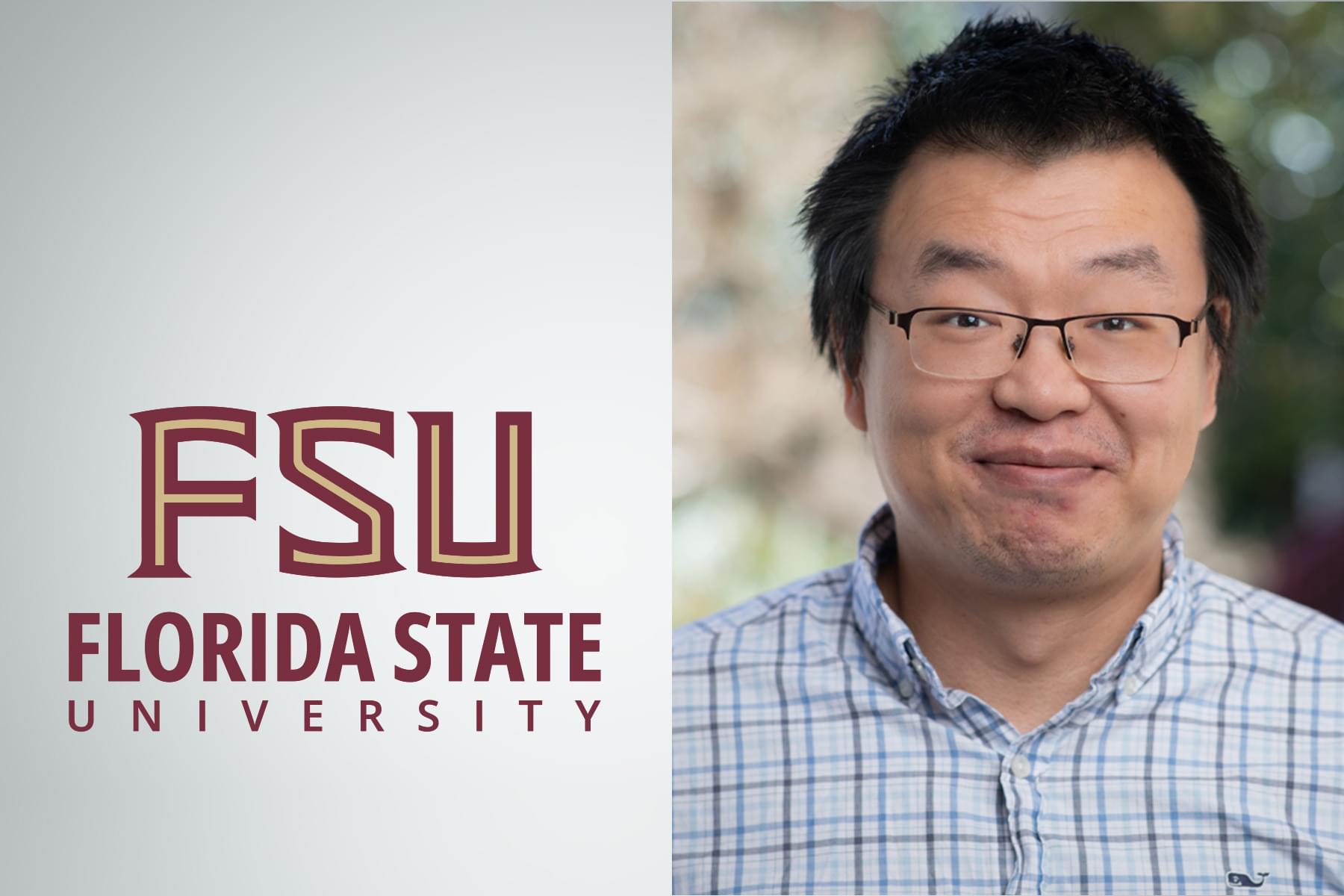

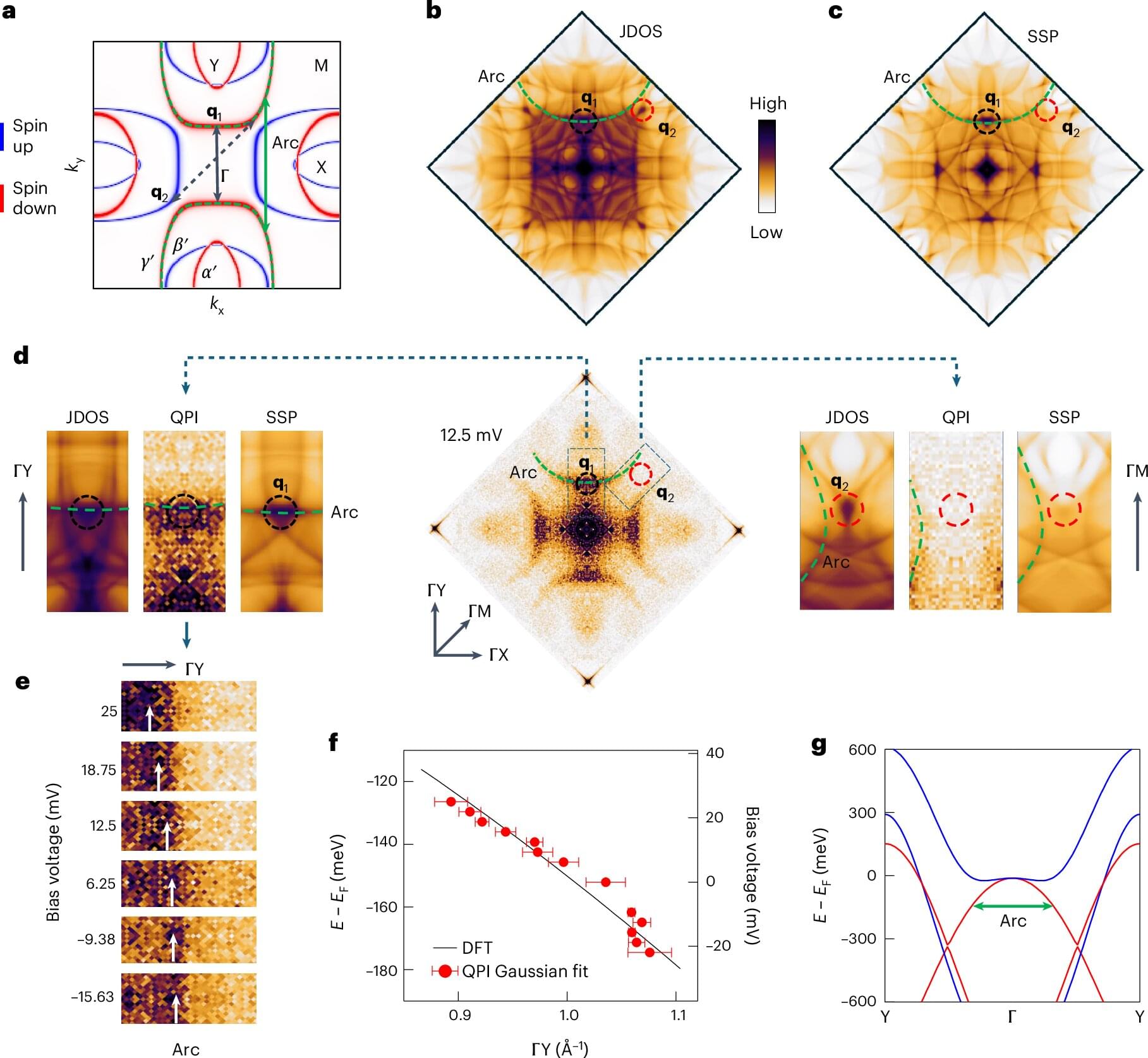
Altermagnets, which exhibit momentum-dependent spin splitting without spin–orbit coupling (SOC) or net magnetization, have recently attracted significant international attention.
A team led by Prof. Liu Junwei from the Department of Physics at the Hong Kong University of Science and Technology (HKUST), along with their experimental collaborators, published their latest research findings in Nature Physics, which unveiled the first experimental observation of a two-dimensional layered room-temperature altermagnet, validating the theoretical predictions in Nature Communications made by Prof. Liu in 2021.
The realization and control of spin-polarized electronic states in solids are crucial for spintronics for encoding and processing information. Spin polarization is typically generated by coupling an electron’s spin to other degrees of freedom, such as orbital or magnetic moments.